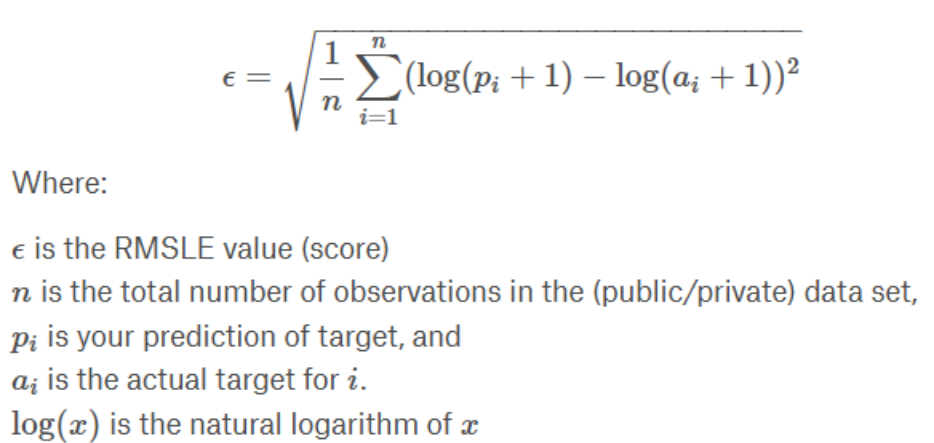Energy Usage Prediction Model and Analysis
CMPE 188: Machine Learning for Big Data

During the construction of buildings, especially in the early 20th century, there was a lack of consideration for energy efficiency; however, now due to threats such as Global Warming, we have mission to decrease the use of resources. Our project is designed after a Kaggle competition project aimed at building an accurate model predicting a building's energy usage.
The data set used came from a 3 year-long study by ASHRAE which recorded the chilled water, electricity, hot water, and steam meters from over 1,000 buildings. This information is useful in predicting the energy consumption to be used in constructing energy-efficient buildings.
View Kaggle Competition HERE
Roles Included:
- Tested Machine Learning algorithms in Python using Jupyter Notebook with models imported from Scikit Learn
- Determined Random Forest, and K-Nearest Neighbor as the best algorithms for the dataset
- Implemented a database from a 3 yearlong study recording utility meters, weather patterns, and building statistics
- Performed data preprocessing on the dataset by merging the tables, selecting the most relevant features, converting specific features to categorical or numeric, filled empty values using forward/backwards fill and normalized the data
During the submission of the test data, kaggle compared a small selection of the final results with the expected results we determined through the different algorithms ran and as a result we earned a score of 1.45 RMS Error with a ranking of 1925th place on the leaderboard of about 2,500 teams.
The evaluation metrics provided by the Kaggle competition include the use of a Root Mean Squared Logarithmic Error. Which is calculated by the function below:

